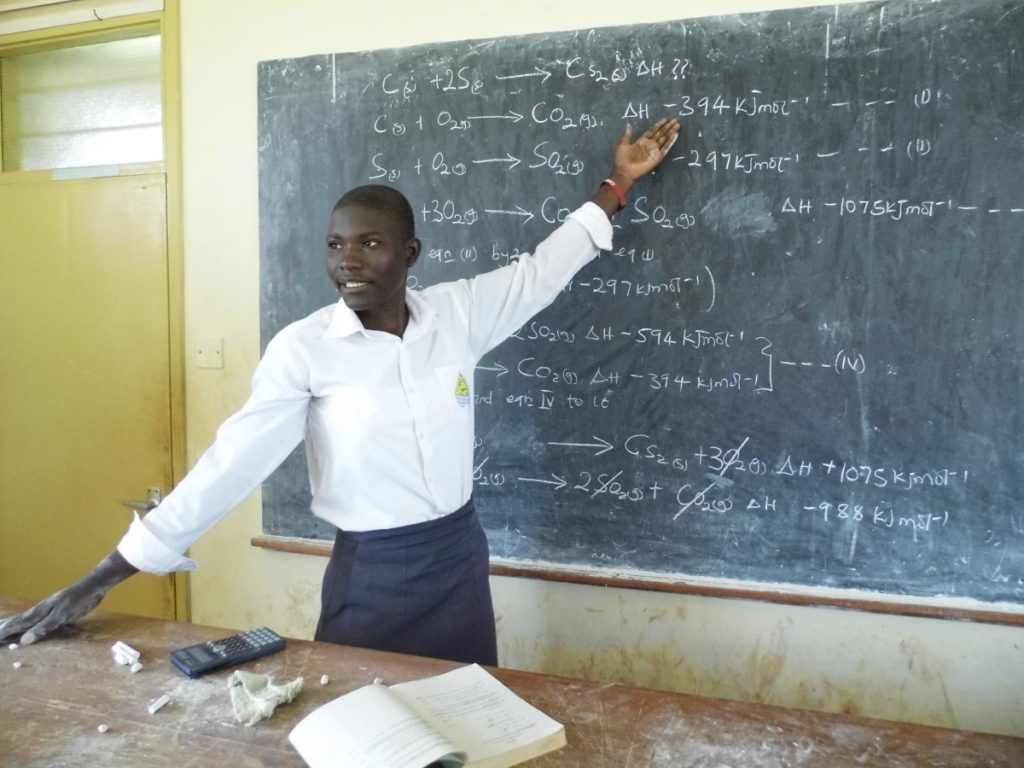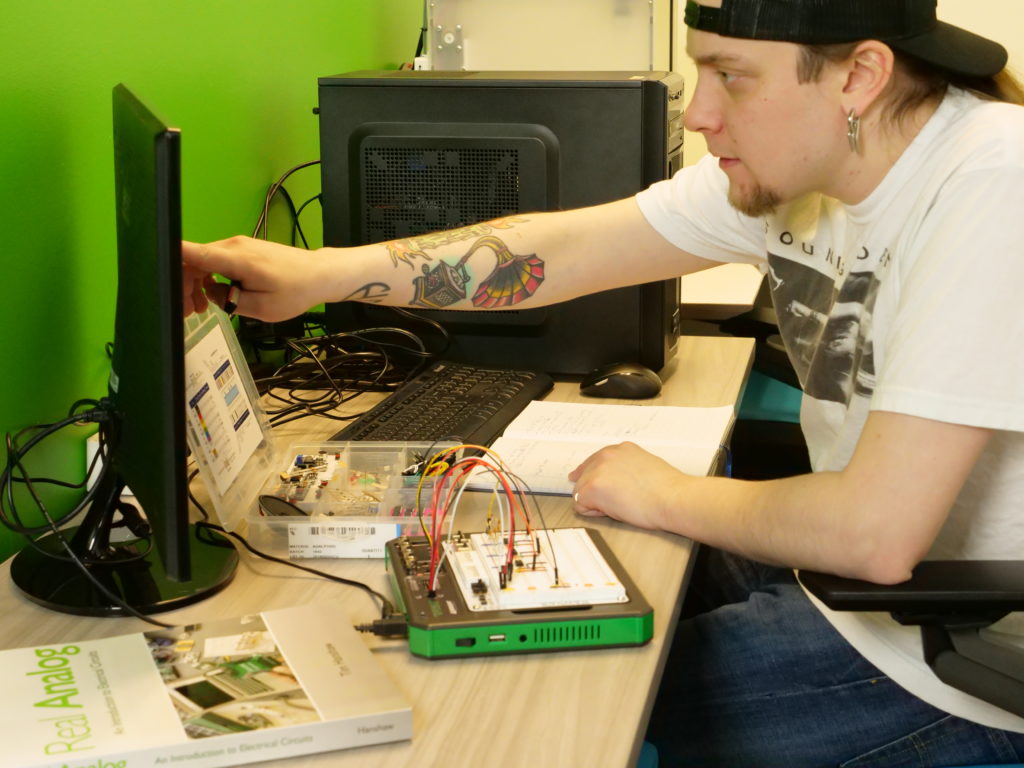Let’s face it. One-on-one time with a professor is invaluable and there’s only so much to go around. This precious time can seem wasted if it is spent covering topics that could be effectively addressed independently by the student themselves. As a professor, or student, when you feel like your limited time is being wasted, all sorts of terrible emotions like anxiety, frustration or even apathy become way too familiar study buddies. I’ve seen it. I’ve experienced it. No one wants that. No one I know anyway.

trying to get all the help I could because I just didn’t feel like lecture was enough.
Photo from here.
For courses taking a hands-on approach with hardware, one particularly common time waster is getting students up and running with the hardware tools themselves. Below you will find an updated list of tutorials for all the tools and features that come with the Analog Discovery Studio. With the following tutorials, students and other users have ample resources for learning and troubleshooting using the Analog Discovery Studio and WaveForms software independently. Knowing these resources are available outside lab or lecture, professors can spend their valuable time with students teaching the course curriculum and not focusing too much of that precious time covering how to use the equipment.

all you need is the internet to access all of our reference and tutorial materials.
User Guides and Tutorials have been put together for the following instruments and concepts (with more to come):
- Data Logger
- Digital I/O
- Impedance Analyzer
- Logic Analyzer
- Network Analyzer
- Oscilloscope
- Pattern Generator
- Power Supplies
- Script Editor
- Spectrum Analyzer
- Voltmeter
- Waveform Generator
In addition to instrument guides and tutorials, there is a Getting Started Guide that walks through unboxing the Analog Discovery Studio , installing
Waveforms software, and capturing a simple measurement – a great intro for students and new users. Further, more in-depth coverage of the Analog Discovery Studio hardware and functionality with Waveforms can be found in the Hardware Reference Manual.

figuring some things out on their own. Of course, what’s appropriate for a
student to learn outside of class should be evaluated by the instructor.
Photo from here.
There’s always room for improvement in both learning and teaching.
Occasionally, reevaluating how time is spent between teachers and students can be a chance for optimization. Check out the Analog Discovery Studio Resource Center for more tools to empower students outside of the classroom and save time on tutorials for instructors. Happy learning!


Sir , The blog is informative and useful . Please keep me on the mailing list .I like to participate in the tutorials.
Thank you for your feedback!